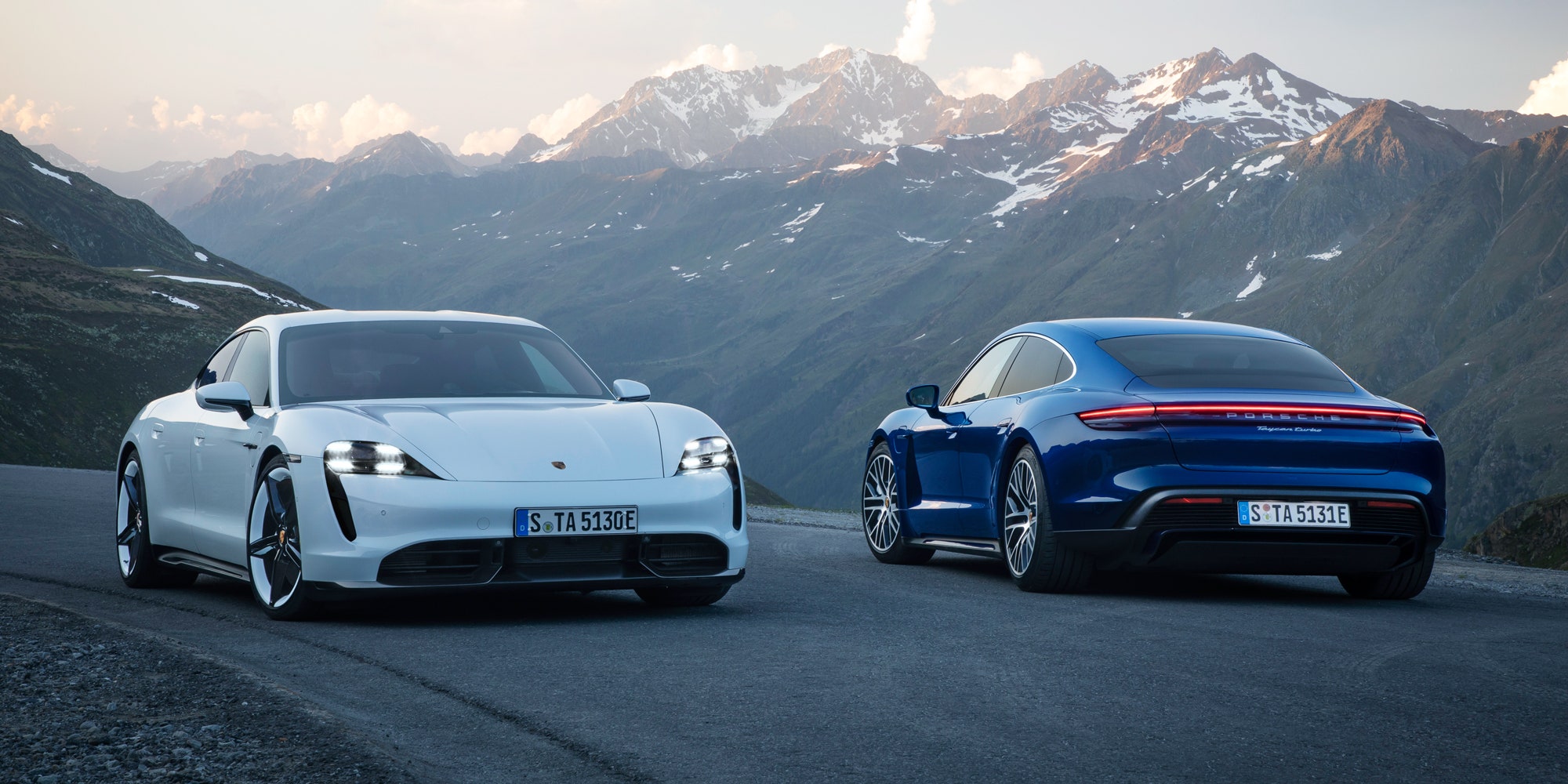Read The Full Article On: Thecourier
They will be powered either by battery or some liquid non-polluting fuel such as hydrogen with associated fuel cells.
As we know they offer many advantages over fossil powered internal combustion also by having much simplified mechanical components. These vehicles are available now, albeit at very high cost and associated rapid depreciation due to the need to replace batteries and fuel cells periodically.
That said there is an urgent need to reduce pollution and CO2. The problem that few people take any notice of, and is the biggest fundamental reason why there is so little take up is the complete lack of practical refuelling/recharging stations.
Therefore battery driven vehicles meet little more than a niche local market for round trips to and from home.
While this is probably what most people do most of the time especially those who live in city centres, they are incapable of reliably undertaking journeys reaching more than 100 miles away from home and that during summer.
The risk of stranding is significant and if it occurred on a frozen and hence closed motorway the consequences don’t bear thinking about. How would anyone cope with several hundred vehicles with flat batteries in one location?
Instead of berating the fact that people are not buying electric cars we should all be arguing for investment in the infrastructure to allow and facilitate their use, especially considering that at best they take an hour to only partially recharge.
A significant investment in this would be far more worthwhile than building a limited-service niche high speed railway to service London.

